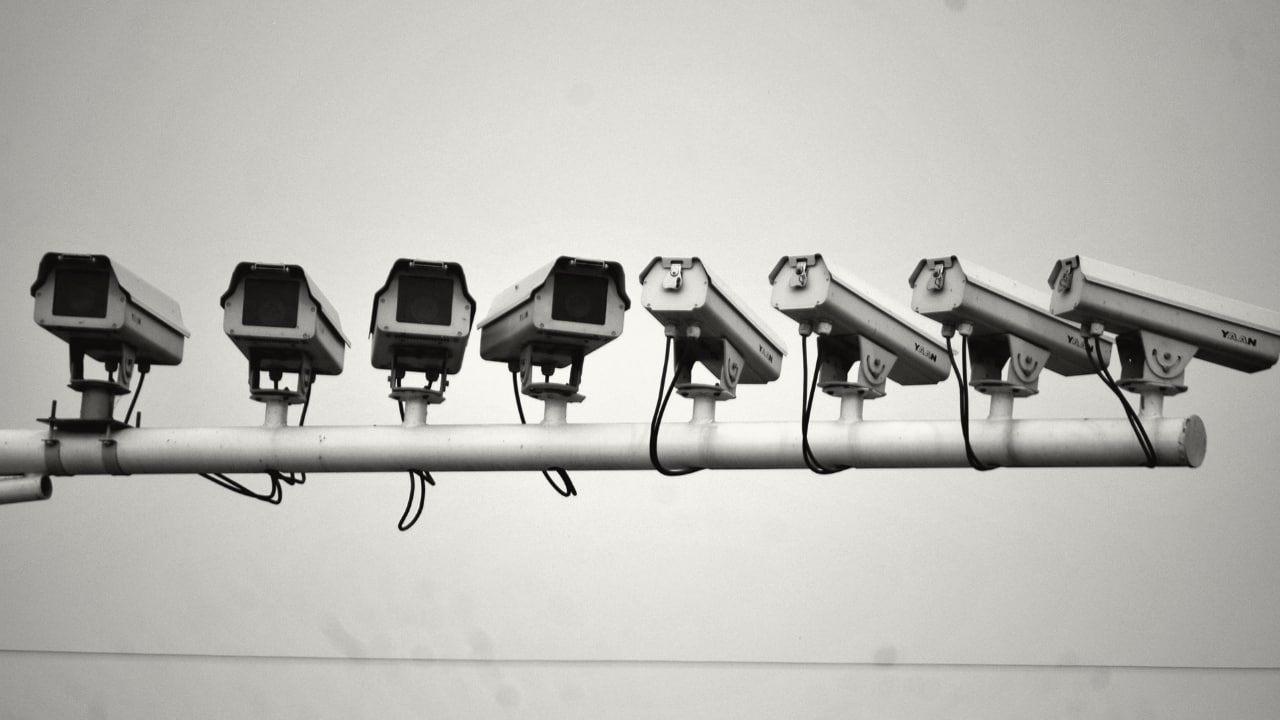Tenth Amendment Center: Document Unmasks Fusion Center’s Participation in License Plate Surveillance


A document pulled from the BlueLeaks trove reveals the Northern California Regional Intelligence Center (NCRIC) collects automatic license plate reader (ALPR) information and stores it for up to a year, making it accessible to government agencies across the country.
The Tenth Amendment Center has long suspected that fusion centers serve as surveillance data collection hubs. The NCRIC document confirms this and additionally reveals that the center owns surveillance technology it makes available to law enforcement agencies in its region.
NCRIC is one of 78 fusion centers across the United States. Although states own and operate their fusion centers, the U.S. Department of Homeland Security facilitates and coordinates their activities. According to the DHS website, “The National Network of Fusion Centers is the hub of much of the two-way intelligence and information flow between the federal government and our State, Local, Tribal and Territorial (SLTT) and private sector partners. The fusion centers represent a shared commitment between the federal government and the state and local governments who own and operate them.”
The Tenth Amendment Center obtained NCRIC’s ALPR policy through a search of the BlueLeaks database. Distributed Denial of Secrets (DDoSecrets) published a 269-gigabyte collection of police department data that includes emails, memos, videos, audio files and law enforcement documents. In a tweet, DDoSecrets said the trove includes “ten years of data from over 200 police departments, fusion centers and other law enforcement training and support resources,”. The searchable database contains over 1 million files.
The NCRIC document confirms that fusion centers serve as a hub for surveillance data, operating as a collection point for information flowing in from various agencies and making it accessible nationwide through the national fusion center network. It also reveals that NCRIC owns ALPR technology of its own.
The NCRIC document specifically outlines the fusion center’s policy on ALPRs. This technology can scan, capture and record thousands of license plates every minute and store them in massive databases, along with date, time and location information. ALPRs empowers law enforcement to track the location of millions of everyday people through pictures of their license plates without a warrant. Police generally configure ALPRs to store the photograph, the license plate number, and the date, time, and location of a vehicle’s license plate, which is bad enough. But according to records obtained by the ACLU via a Freedom of Information Act request, these systems also capture photographs of drivers and their passengers.
According to the NCRIC document:
“To support authorized law enforcement and public safety purposes of local, state, federal, and tribal public safety agencies, the NCRIC utilizes Automated License Plate Reader (ALPR) technology, and supporting software, to gather and analyze ALPR data to enable the rapid identification and location of vehicles of legitimate interest to law enforcement. ALPR units are attached to law enforcement vehicles or deployed at fixed locations, where they collect license plate information from vehicles on public roadways and public property.”
NCRIC policy allows ALPR data collected by its own ALPR units or shared from partner agencies to be retained for up to one year. Data can be retained longer if “a reasonable suspicion has been established that the vehicle identified by the ALPR read is connected to criminal activities.” The one-year retention policy also applies to data “obtained with license plate information not appearing on hotlists, and with no immediate reasonable connection to criminal activity.”
In other words, NCRIC can store license plate information on people not even suspected of a crime for up to one year. If law enforcement determines that a vehicle is “linked to a criminal investigation,” NCRIC can store its license plate data for up to five years.
According to its policy, “The NCRIC may disseminate ALPR data to any governmental entity with an authorized law enforcement or public safety purpose for access to such data.” [Emphasis added] This includes any state, local or federal law enforcement agency in the United States.
As we’ve reported for years, the feds can share and tap into vast amounts of information gathered at the state and local level through fusion centers and a system known as the “information sharing environment” or ISE.
Fusion centers were sold as a tool to combat terrorism, but that is not how they are being used. The ACLU pointed to a bipartisan congressional report to demonstrate the true nature of government fusion centers: “They haven’t contributed anything meaningful to counterterrorism efforts. Instead, they have largely served as police surveillance and information sharing nodes for law enforcement efforts targeting the frequent subjects of police attention: Black and brown people, immigrants, dissidents, and the poor.”
Fusion centers operate within the broader ISE. According to its website, the ISE “provides analysts, operators, and investigators with information needed to enhance national security. These analysts, operators, and investigators…have mission needs to collaborate and share information with each other and with private sector partners and our foreign allies.” In other words, ISE serves as a conduit for the sharing of information gathered without a warrant. Known ISE partners include the Office of Director of National Intelligence which oversees 17 federal agencies and organizations, including the NSA. ISE utilizes these partnerships to collect and share data on the millions of unwitting people they track.
The NCRIC ALPR policy proves that fusion centers serve as surveillance collection and dissemination hubs, effectively providing a framework for an integrated national surveillance network. It also surprisingly reveals that fusion centers actively participate in surveillance by providing technology to local law enforcement agencies.
Mike Maharrey
June 27, 2020 at 12:50PM
